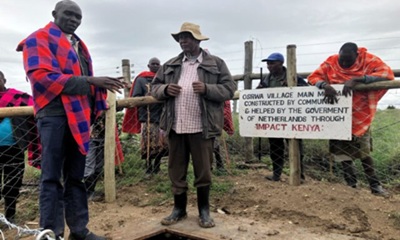
This is such a mind-set shifting example of a locally led implemented water scheme in Laikipia, Kenya 🇰🇪. In this locally led approach— the peoples who use and rely on water schemes are the ones who lead and manage them. In this model:
– Communities identify their needs and priorities.
– Communities design the solution and select appropriate technology.
– Financial management, procurement, and repair are handled by the community.
As a result, solutions are tailored to the community’s real needs, values, and environment. This is not just words, this is done in all actions. Here are some key indicators to show how this rethinking, redesigning and re-distribution of resources works:
* 💰The project budget is usually controlled by the donor or implementing organization => whereas here: the community has ownership of project funds and openly tracks how they are used. The entire group has access.
* 🗳️ Usually key decisions—ranging from site selection to technical design—are made by external planners => whereas here community members make key decisions related to the design, management, and day-to-day operations.
* 👷🏿♀️ Most of the time Communities are left being dependent on external technicians to conduct repairs, which can lead to long delays => whereas here: Local technicians and users carry out maintenance, allowing for faster responses and in general lower costs.
These are just 3 key indicators, but there’s a whole list – make sure you read this blog, it’s packed with great insights. Anybody who’s really meaning to put communities in control, this is the way to go!
Thanking IMPACT Kenya for your leadership and Nancy Kadenyi too for capturing and sharing it.
